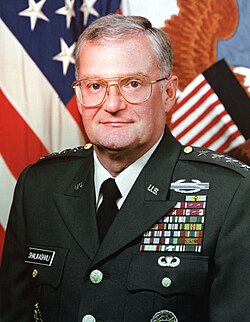
Georgia
+ 100,000
+ 10,000
+ 1,000
The Georgian diaspora refers to both historical and present emigration from Georgia. The countries with the largest Georgian communities outside Georgia are Turkey and Russia. The Georgian diaspora, or the dispersion of Georgian people outside of Georgia, began to take shape during various historical periods. However, a significant wave of emigration occurred during the 19th and 20th centuries, particularly during times of political upheaval, such as the Russian Empire's expansion into the Caucasus region and the Soviet era.
